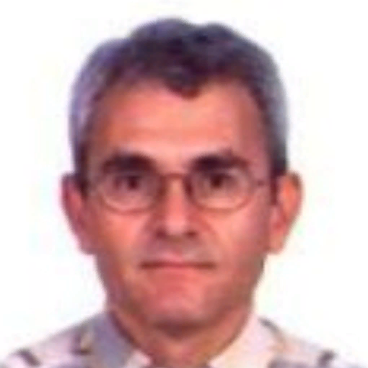International Journal of Information Engineering and Electronic Business (IJIEEB)
IJIEEB Vol. 5, No. 3, 8 Sep. 2013
Cover page and Table of Contents: PDF (size: 434KB)
Speech Compression Based on Discrete Walsh Hadamard Transform
Full Text (PDF, 434KB), PP.59-65
Views: 0 Downloads: 0
Author(s)
Index Terms
Speech Compression, Discrete Walsh Hadamard Transform, Discrete Wavelet Transform
Abstract
This paper presents a new lossy compression algorithm for stationary signal based on Discrete Walsh Hadamard Transform (DWHT). The principle of compression algorithm consists in framing the original speech signal into stationary frames and applying the DWHT. Then, the obtained coefficients are thresholded in order to truncate all coefficients below a given thresholds values. Compression is achieved by efficient encoding of the string values of zeros. A comparative study of performance between the algorithms based on DWHT and Discrete Wavelet Transform (DWT) is performed in terms of some objective criteria: compression ratio (CR), signal to noise ratio, peak signal to noise ratio (SNR), normalized root mean square error (NRMSE) and CPU time. The simulation results show that the algorithm based on DWHT is characterized by a very low complexity implementation and improved CR, SNR, PSNR and NRMSE compared to the DWT algorithm and this for stationary frame.
Cite This Paper
Noureddine Aloui, Souha Bousselmi, Adnane Cherif, "Speech Compression Based on Discrete Walsh Hadamard Transform", International Journal of Information Engineering and Electronic Business(IJIEEB), vol.5, no.3, pp.59-65, 2013. DOI:10.5815/ijieeb.2013.03.07
Reference
[1]Hatem Elaydi. Speech compression using Wavelets [J]. site.iugaza.edu.ps/helaydi/files/2010/02/Elaydi.pdf. 2010.
[2]A. Kumar, G.K. Singh, G. Rajesh, K. Ranjeet. The optimized wavelet filters for speech compression[J]. Int J Speech Technol (Springer), 2012.
[3]G. Rajesh, A. Kumar and K. Ranjeet. Speech Compression using Different Transform Techniques[C]. IEEE International Conference on Computer and Communication Technology(ICCCT), 2011. 46-151.
[4]Kinsner, W. and Langi, A. Speech and Image Signal Compression with Wavelets[C]. IEEE Wescanex Conference Proceedings, IEEE, New York, NY, 1993. 368-375.
[5]Yousef M. Hawwar, Ali M. Reza, Robert D. Turne. Filtering (Denoising) in the Wavelet Transform Domain[J]. University of Wisconsin-Milwaukee, Department of Electrical Engineering and Computer Science, 2000.
[6]Xiang-Yang Wang, Hong-Ying Yang, Zhong-Kai Fu. A New Wavelet-based image denoising using undecimated discrete wavelet transform and least squares support vector machine[J]. Expert Systems with Applications: An International Journal, 2010. 7040-7049.
[7]Mohammed Bahoura, Hassan Ezzaidi. FPGA-Implementation of Discrete Wavelet Transform with Application to Signal Denoising[J]. Springer, Circuits, Systems, and Signal Processing, 2012. 987-1015.
[8]K.G. Beauchamp. Applications of Walsh and Related Functions-With an Introduction to Sequency Theory[A]. Academic Press, 1984.
[9]T. Beer. Walsh Transforms[J]. American Journal of Physics 49(5)., May 1981.


